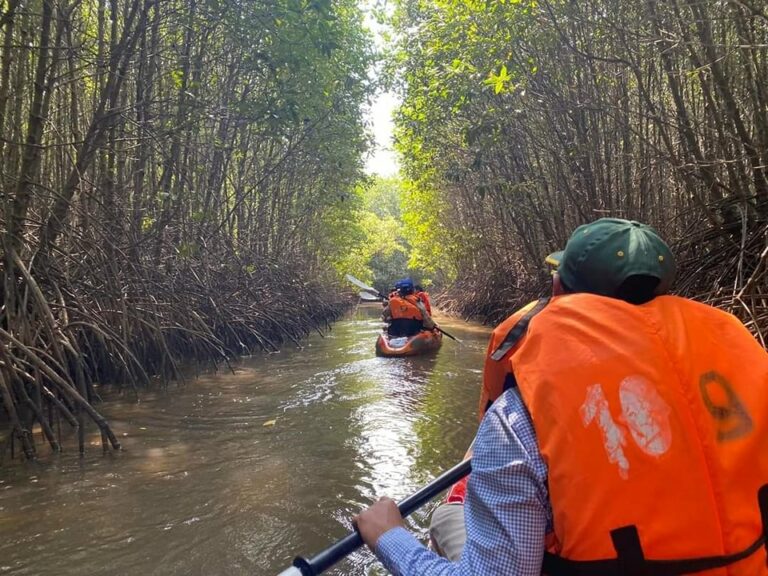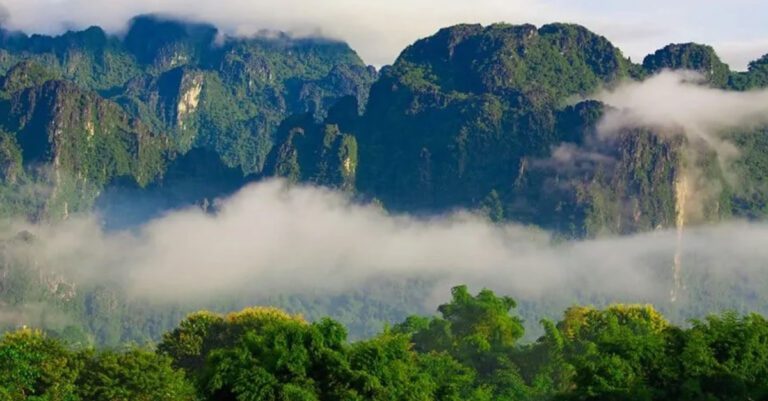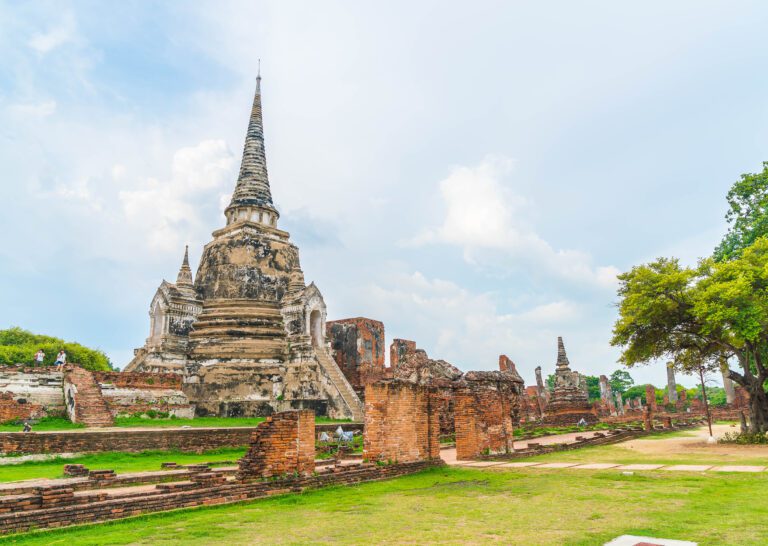
Much of the Mekong Subregion remains largely untouched by mass tourism – so much the better for tourists looking for a place to take in the local nature and culture without being bothered by crowds! Here are a few destinations you may want to put on your list if “touristy” is the last thing you want in a vacation spot.
Hpa-an, Myanmar
The Kayin State capital of Hpa-An is a quaint riverside town, set on the banks of the Than Lwin River and against a backdrop of limestone mountains. The karst landscape makes Hpa-An a perfect launchpad for active travel. Visitors can take guided biking tours around the countryside; explore the caves carved naturaly into the hills around Hpa-An; or take a three-hour trek up the picturesque Mt. Zwe Ka Bin.
Closer to town, you can explore the shops and restaurants on Zaydan Road, before heading to the Strand Road riverfront to watch the sunset with a beer in hand.
Time your visit for the Kayin New Year in December, where the locally dominant ethnic Kayin group celebrates with dances, feasts, and kickboxing competitions.
Nong Khiaw, Lao PDR
A three-hour drive from Luang Prabang takes you right into the Lao countryside, closer to the traditional tribes that have made their homes in Nong Khiaw on the banks of the Nam Ou River.
The Hmong and Tai Lue people who live here are all too happy to give tourists the grand tour of their respective villages in the vicinity. Tours of the local villages show you how they live, work and play – they’ll welcome you with a baci ceremony, then show you their lifestyles and the traditional handicrafts they make in the community.
More adventure-minded travelers will not want to miss the local caves – Pha Kuang and Pha Thok caves that sheltered Lao Communists in the 1970s; or climb up Phadeng Peak for a birds’ eye view of the countryside and the Nam Ou River tracing a path in the middle.
Dong Villages, Guangxi, China
Set in the northwestern part of Guangxi, the eight Dong villages in the Chengyangqiao Scenic Area house an ancient people who continue to practice their customs to this day.
The Dong people have a unique architecture based on their habit of living near rivers and the local abundance of fir. You’ll see this first in the “wind and rain” covered bridges that span the rivers separating the Dong villages from the rest of the world. At the village center, you’ll usually find a multi-storey drum tower that serves as the focal point for village gatherings and celebrations.
All this is usually set in sleepy countrysides laced with rivers and streams, with an abundance of rice paddies and tea plantations. Stay a couple of days and explore the Dong villages’ environs on foot or by rented bike.
Sa Dec, Viet Nam
The town of Sa Dec on the Mekong Delta offers an abundance of romance, thanks to its colonial architecture, its bustling market, and its place in literature. Marguerite Duras’ novel “the Lover” partly takes place here: the mansion of Duras’ real-life lover still stands today on Nguyen Hue Street, and is open to visitors.
After exploring the cafés, market stalls and mansions on Nguyen Hue Street, visit the historic sites elsewhere in Sa Dec, including the family-owned Kien An Chung pagoda in the middle of town; or the Chinese-influenced Tu Phuoc Huong pagoda. Further afield, you can visit Sa Dec Flower Village, the flower capital of the Mekong Delta and one of Viet Nam’s largest suppliers of flowers.





